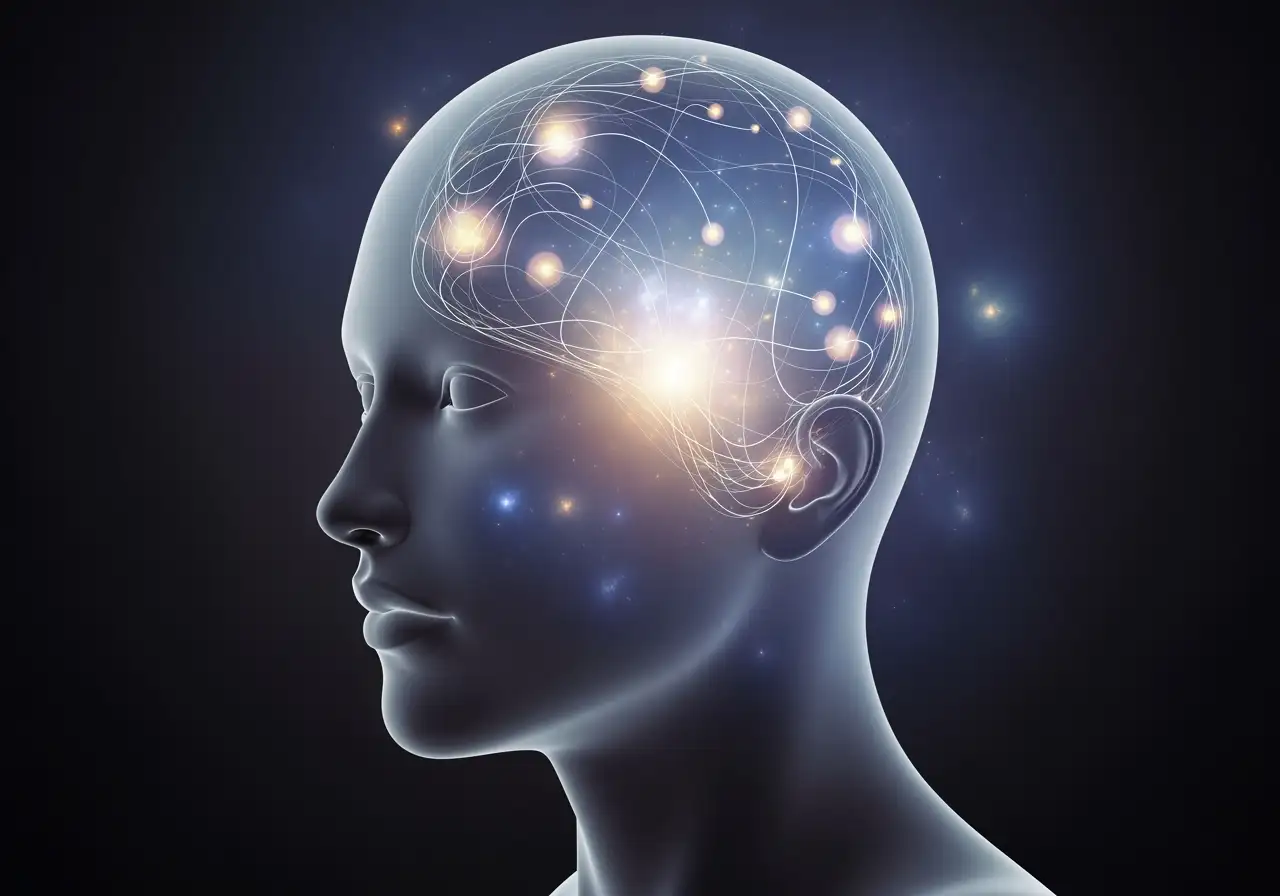The Conscious Observer Shaping Reality
The Conscious Observer Shaping Reality
For centuries, the prevailing view of perception has been a largely passive one: we receive information through our senses, our brains process it, and we then apprehend an objectively existing reality. Traditional psychology often described mental processes as linear cause-and-effect chains, where our responses were largely determined by past conditioning or inherent structures. But what if this understanding is fundamentally incomplete? What if your conscious attention isn’t merely a neutral lens through which you observe, but an active force that fundamentally creates the very reality you experience?
This revolutionary shift in perspective finds a compelling analogy in the “observer effect” from quantum physics. In the subatomic realm, the mere act of observing a particle influences its state, causing it to “collapse” from a wave of possibilities into a definite particle. While the human mind is not a subatomic system, this scientific principle serves as a powerful metaphor for understanding the role of the Conscious Observer within the Quantum Mindfulness framework.
The Conscious Observer is not a separate entity within you, but rather your focused, intentional awareness. It is the aspect of your consciousness responsible for discernment, recognition, and, most critically, active engagement with the myriad possibilities present in your mind’s internal landscape. When an emerging feeling of anxiety arises, the awareness that recognizes and labels this state is the Conscious Observer at work. And here lies the profound implication: this act of recognition is not neutral; it is an ontological intervention that actively modifies the mental state itself.
Within Quantum Mindfulness, the mind operates as an ontological field, a dynamic space where mental states initially exist in a state of cognitive superposition. This means that thoughts, emotions, and experiential potentials coexist as fluid, probabilistic fields, filled with multiple simultaneous configurational possibilities. They are not fixed entities but rather a range of potentials waiting to be actualized. The pivotal process through which these probabilistic mental states resolve into singular, definite, and consciously experienced outcomes is known as psychodynamic wave collapse.
Conscious attention acts as the primary catalyst for this psychodynamic collapse. It is the mechanism by which the Conscious Observer engages with the cognitive superposition, effectively “measuring” or “observing” a particular potential. This act of observation transforms the multi-state potential into a specific actualized experience, shaping your experienced reality.
Consider the common experience of performance anxiety. Before stepping onto a stage, your mind’s field of cognitive superposition might contain a multitude of potential outcomes: confident delivery, overwhelming panic, an unexpected state of flow, or a purely mechanical presentation. Your Conscious Observer, through its direction of attention, does not just passively witness these possibilities; it profoundly influences which one becomes actualized. If your attention fixates on potential failures, replaying disastrous scenarios, your consciousness tends to trigger a psychodynamic collapse towards an actualized experience dominated by anxiety. This is because the Psycho-Volitional Dimension, the source of will and intentionality, directs the energy of your attention to reinforce the chosen focus.
Conversely, if your attention is deliberately directed towards thorough preparation, genuine engagement with the audience, or a focus on the creative act itself, the wave function of potential outcomes will trigger a psychodynamic collapse towards a more confident and effective state. This demonstrates the power of intentional collapse, a key practice in Quantum Mindfulness. The Psycho-Meditative Dimension, which governs structured thought and analytical comprehension, plays a crucial role here, enabling you to consciously direct your mental energy and organize your internal experience.
This understanding directly challenges the traditional passive recipient view of perception. The Quantum Mindfulness framework posits an active constitutive force view, arguing that consciousness is not merely a reflection of reality but an active co-creator of it. How you hold an experience in your conscious awareness – the narrative you construct around it, the significance you assign, the emotional tone you permit – becomes an intrinsic part of the experience itself. This doesn’t negate the existence of external events or physical pain; it simply clarifies that your personal experience of these events is profoundly shaped by your conscious engagement. A physical sensation, for instance, can be experienced as sharp pain, dull discomfort, or even an interesting bodily signal, depending on how your Conscious Observer interacts with it and the underlying psychodynamic dimensions that are activated through dimensional activation.
This deep dive into the Conscious Observer reveals that our experienced reality is far more fluid and amenable to influence than previously thought. It fundamentally shifts our role from being passive recipients of experience to active participants in its creation. Understanding this fundamental mechanism is the first step toward cultivating cognitive agency and gaining unprecedented control over your inner world and, consequently, your outer reality. The full methodology for harnessing the power of your Conscious Observer and intentionally influencing this experiential collapse is explored in depth within the Quantum Mindfulness framework, leading to greater perceptual freedom and mastery over your life.






